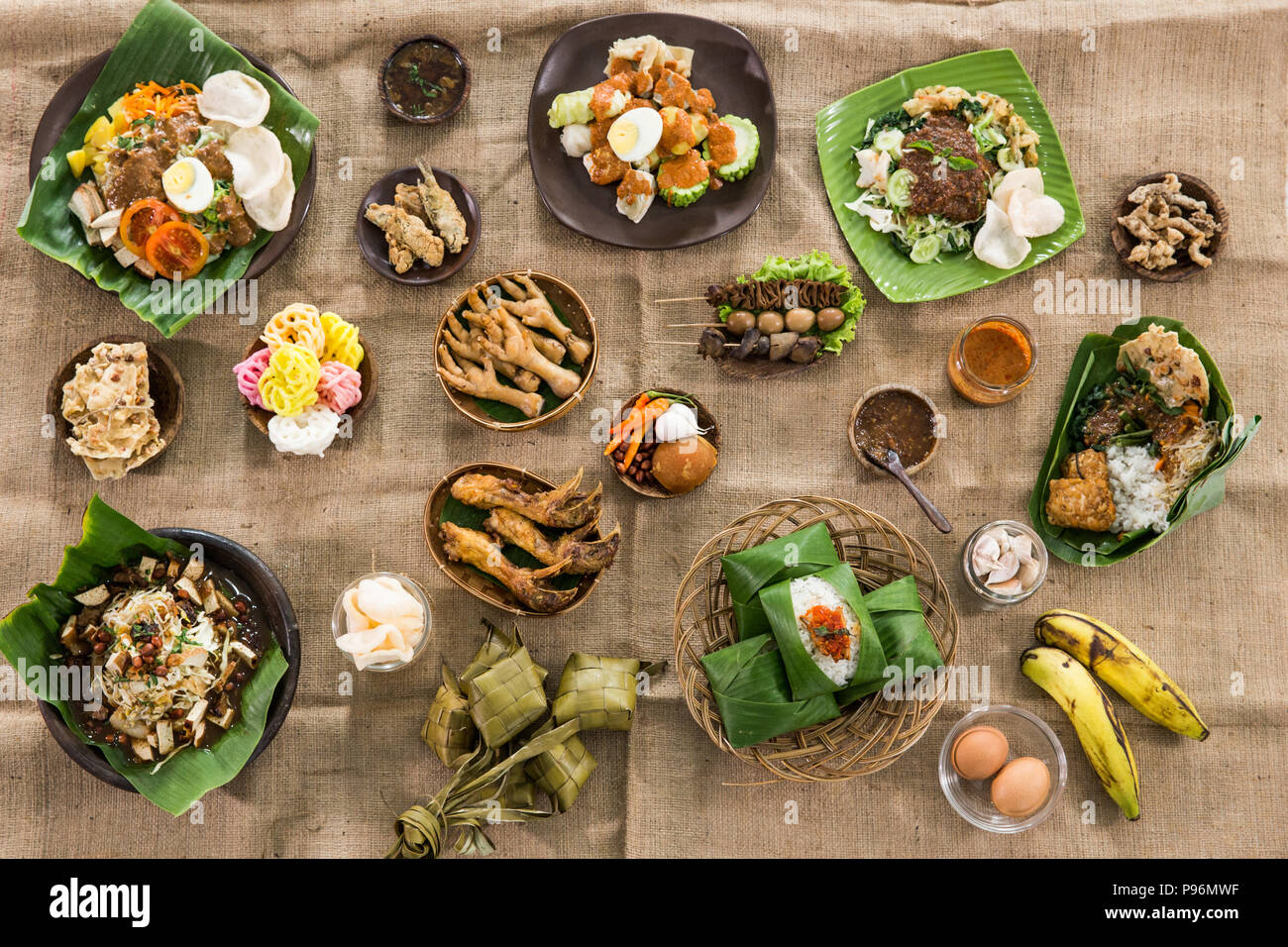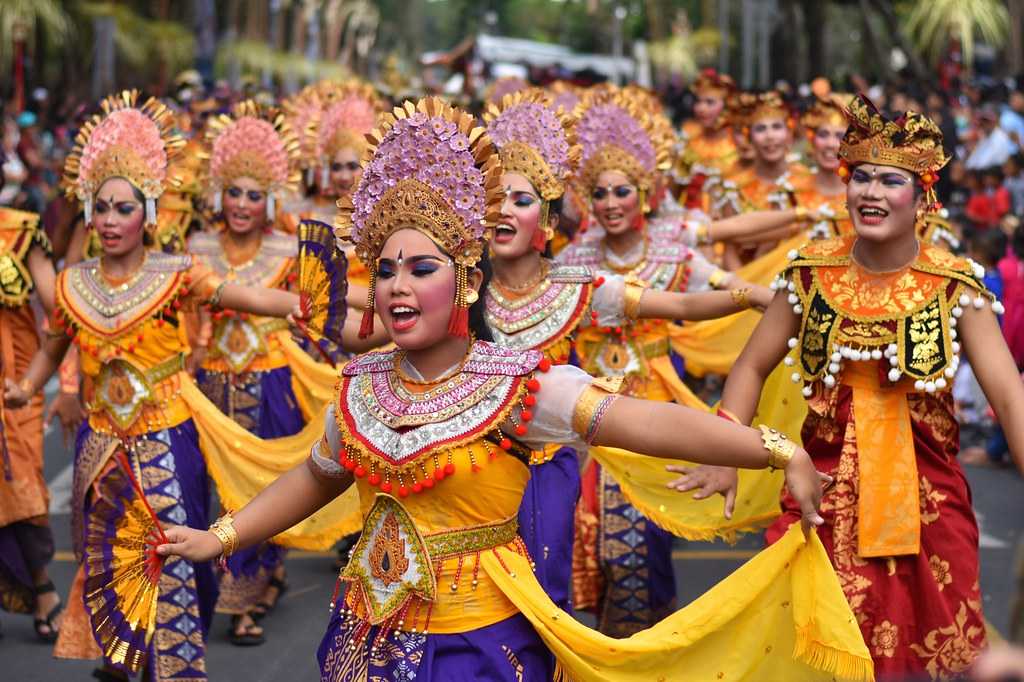Indonesia, a nation nestled in the heart of Southeast Asia, is a vibrant mosaic of cultures, traditions, and customs. With over 17,000 islands, the country boasts an extraordinary diversity that reflects its historical roots and the influences of various civilizations. The phrase “Bhineka Tunggal Ika” encapsulates the essence of this cultural richness, meaning “Unity in Diversity.” This principle underscores the importance of maintaining harmony among the multitude of ethnic groups, languages, and religions that coexist within Indonesia.
Understanding Cultural Diversity in Indonesia

Cultural diversity refers to the variety of human societies and their ways of life, including beliefs, customs, and practices. In Indonesia, this diversity is evident in the myriad forms of traditional expressions such as rituals, clothing, architecture, music, dance, weapons, and cuisine. Each region contributes its unique flavor to the national identity, making Indonesia one of the most culturally rich countries in the world.
The origins of Indonesia’s cultural diversity can be traced back to the various local cultures that have evolved over centuries. These cultures have been shaped by historical events, trade, and interactions with neighboring regions. The result is a complex and dynamic cultural landscape that continues to thrive despite modernization and globalization.
Types of Cultural Diversity in Indonesia

- Traditional Rituals
Traditional rituals are a vital part of Indonesia’s cultural heritage. These ceremonies, often passed down through generations, serve as a means of connecting with ancestors and expressing gratitude to the divine. Examples include the Peusijuk in Aceh, the Mangokkal Holi in North Sumatra, and the Tabuik festival in West Sumatra. These rituals not only preserve cultural values but also foster a sense of community and belonging.
- Traditional Clothing
Traditional clothing varies widely across Indonesia, reflecting the distinct identities of different regions. For instance, the Ulee Balang in Aceh, the Ulos in North Sumatra, and the Bundo Kanduang in West Sumatra are all iconic examples of regional attire. These garments are often worn during significant events and celebrations, symbolizing cultural pride and heritage.
- Traditional Houses
Traditional houses, or rumah adat, are architectural marvels that showcase the unique styles and materials used by different ethnic groups. From the Acehnese Rumoh Aceh to the Balinese Gapura Candi Bentar, these structures are not just places of residence but also cultural symbols that represent the history and values of their communities.
- Traditional Musical Instruments
Indonesian traditional musical instruments are an integral part of the country’s cultural identity. Instruments like the Angklung from West Java, the Gamelan from Java and Bali, and the Tifa from Maluku are not only used in traditional performances but also have international recognition. These instruments reflect the deep connection between music and culture in Indonesia.
- Traditional Dances
Traditional dances are a visual representation of Indonesia’s cultural diversity. Each dance tells a story, often rooted in mythology, history, or daily life. The Legong from Bali, the Pendet from Lombok, and the Saman from Aceh are just a few examples of the rich dance heritage that exists across the archipelago.
- Traditional Weapons
Traditional weapons, such as the Keris from Java, the Badik from Sulawesi, and the Rencong from Aceh, are more than just tools of war; they are symbols of cultural identity and heritage. These weapons are often crafted with great care and are passed down through generations, embodying the values and traditions of their respective communities.
- Regional Songs
Regional songs, or lagu daerah, are an essential part of Indonesia’s musical tradition. These songs are often performed during festivals and celebrations, reflecting the unique characteristics of each region. Popular songs like “Kicir-Kicir” from Jakarta and “Bungong Jeumpa” from Aceh highlight the diverse musical expressions found throughout the country.
- Local Cuisine
Indonesian cuisine is a reflection of the country’s cultural diversity, with each region offering its own unique flavors and dishes. From the spicy rendang of West Sumatra to the sweet kue lapis from Jakarta, the variety of local foods showcases the rich culinary heritage of Indonesia. These dishes not only satisfy the palate but also tell stories of the people and their way of life.

Preserving and Promoting Cultural Diversity

Preserving Indonesia’s cultural diversity is crucial for maintaining the nation’s identity and fostering a sense of unity among its people. Efforts to protect and promote traditional practices include educational programs, cultural festivals, and the documentation of oral histories. Additionally, the government and various organizations play a vital role in supporting the preservation of cultural heritage through policies and initiatives.
In conclusion, Indonesia’s cultural diversity is a testament to the resilience and creativity of its people. By embracing and celebrating this diversity, Indonesia can continue to thrive as a nation that values its rich heritage while adapting to the challenges of the modern world. The journey of preserving and promoting cultural diversity is ongoing, but with collective effort and dedication, it is possible to ensure that Indonesia’s cultural legacy endures for future generations.





